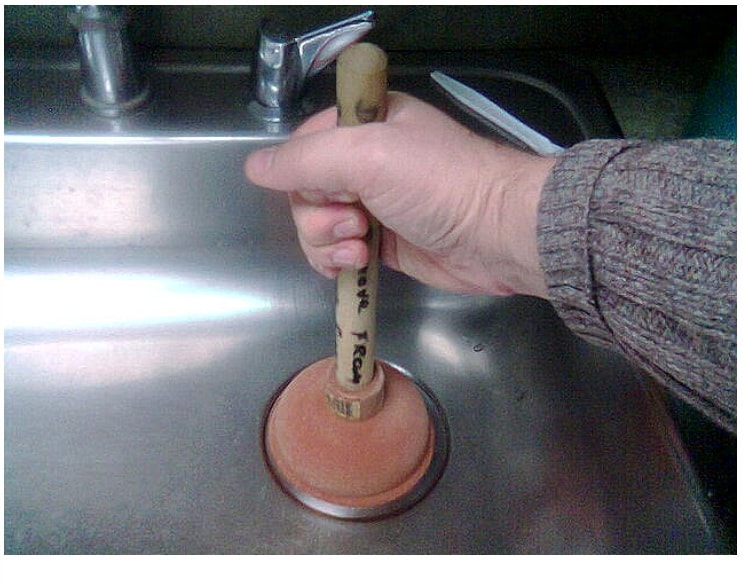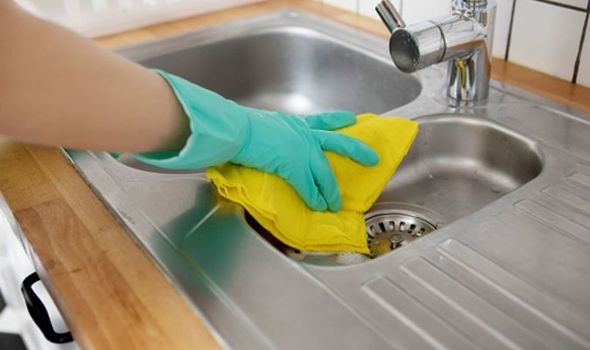If you have a septic tank, you know how important it is to keep it functioning properly. However, sometimes things can go wrong and your septic tank can become backed up, causing major problems in your home. In this article, we will discuss the causes, signs, and solutions of septic tank backup, as well as how to prevent it from happening in the first place.Septic Tank Backup: Causes, Signs, and Solutions
When your septic tank is backed up, it can be a messy and unpleasant experience. The first step in fixing a backed up septic tank is to identify the cause. Common causes of septic tank backups include excessive water usage, clogged pipes, and a full septic tank. If the cause is a full septic tank, you will need to call a professional to pump and clean out your tank. If the cause is a clog, you can attempt to clear it yourself or call a professional plumber.How to Fix a Backed Up Septic Tank
If your septic tank has overflowed, it is important to take immediate action to prevent any further damage. The first step is to turn off all water sources in your home to prevent any more water from entering the septic tank. Next, you will need to remove any excess water from the area and clean up any messes. Once the area is clear, you can then address the cause of the overflow and take the necessary steps to fix it.Septic Tank Backup: What to Do When Your Tank Overflows
Preventing septic tank backup is much easier than dealing with the aftermath. One of the best ways to prevent septic tank backup is to monitor your water usage. Avoid excessive water usage by fixing any leaks and being mindful of your water usage. Regularly maintaining your septic tank and scheduling routine inspections can also help prevent backups. Additionally, avoid flushing anything other than toilet paper down your toilets and avoid pouring grease or oils down your kitchen sink, as these can clog your pipes and cause backups.How to Prevent Septic Tank Backup
It is important to understand the signs and symptoms of septic tank backup so that you can take action before it becomes a major problem. Some common signs of septic tank backup include slow draining sinks and toilets, gurgling sounds coming from your plumbing, foul odors, and sewage backups in your home. If you notice any of these signs, it is important to address the issue as soon as possible to prevent further damage and costly repairs.Septic Tank Backup: What You Need to Know
If your kitchen sink is clogged, it could potentially lead to a septic tank backup. To clear a clogged kitchen sink, you can try using a plunger to dislodge the clog. If that does not work, you can try using a plumbing snake or a mixture of baking soda and vinegar. However, if the clog is too stubborn, it is best to call a professional plumber to avoid causing further damage to your pipes.How to Clear a Clogged Kitchen Sink
As mentioned earlier, common causes of septic tank backup include excessive water usage, clogs, and a full septic tank. To prevent these issues, it is important to monitor your water usage, regularly maintain your septic tank, and avoid flushing anything other than toilet paper down your toilets and pouring grease or oils down your kitchen sink. If you do experience a backup, it is best to call a professional to properly diagnose and fix the issue.Septic Tank Backup: Common Causes and Solutions
Using a plunger is a simple and effective way to unclog a kitchen sink. Start by filling the sink with enough water to cover the plunger, then place the plunger over the drain and push down and pull up repeatedly. This should create enough suction to dislodge the clog. Once the clog is cleared, run hot water down the drain to ensure it is completely cleared.How to Unclog a Kitchen Sink with a Plunger
As mentioned earlier, there are several signs and symptoms of septic tank backup that you should be aware of. In addition to slow draining sinks and toilets, gurgling sounds, and foul odors, you may also notice an increase in the amount of water in your yard, as well as sewage backups in your home. If you notice any of these signs, it is important to address the issue as soon as possible to avoid further damage.Septic Tank Backup: Signs and Symptoms
Regularly cleaning your kitchen sink drain can help prevent clogs and potential septic tank backups. To clean your kitchen sink drain, start by pouring half a cup of baking soda down the drain, followed by half a cup of vinegar. Let the mixture sit for about 15 minutes, then flush it with hot water. This will help remove any buildup and keep your drain clear.How to Clean a Kitchen Sink Drain
Why It's Important to Maintain Your Septic Tank and Avoid Kitchen Sink Backup

The Hidden Dangers of Septic Tank Backup
 Septic tank backup is an issue that many homeowners dread. It's not only messy and unpleasant, but it can also pose serious health hazards. When your septic tank is not properly maintained, it can cause sewage to back up into your kitchen sink and other drains. This can lead to a foul smell, slow draining sinks, and even sewage flooding in your home. Additionally, the sewage can contain harmful bacteria and pathogens that can cause illnesses if not properly cleaned and disinfected.
Septic tank backup is an issue that many homeowners dread. It's not only messy and unpleasant, but it can also pose serious health hazards. When your septic tank is not properly maintained, it can cause sewage to back up into your kitchen sink and other drains. This can lead to a foul smell, slow draining sinks, and even sewage flooding in your home. Additionally, the sewage can contain harmful bacteria and pathogens that can cause illnesses if not properly cleaned and disinfected.
Preventing Septic Tank Backup
 The best way to avoid septic tank backup in your kitchen sink is to properly maintain your septic system. Regularly pumping and inspecting your septic tank can help prevent buildup and blockages that can lead to backups. It's also important to be mindful of what you're putting down your drains. Avoid disposing of grease, oils, and other non-biodegradable items down your kitchen sink. These can clog your pipes and contribute to septic tank issues. Instead, dispose of these items in the trash or compost them.
The best way to avoid septic tank backup in your kitchen sink is to properly maintain your septic system. Regularly pumping and inspecting your septic tank can help prevent buildup and blockages that can lead to backups. It's also important to be mindful of what you're putting down your drains. Avoid disposing of grease, oils, and other non-biodegradable items down your kitchen sink. These can clog your pipes and contribute to septic tank issues. Instead, dispose of these items in the trash or compost them.
Importance of Proper House Design in Septic Tank Maintenance
 Believe it or not, your house design can also play a role in preventing septic tank backups. When designing your home, it's important to consider the location of your septic tank and drain field. These should be placed in an area with good drainage and away from any potential sources of damage, such as tree roots or heavy traffic areas. Additionally, having a separate drain for your kitchen sink can help prevent kitchen-related issues from affecting your entire septic system.
In Conclusion
, maintaining your septic tank is crucial for avoiding kitchen sink backups and ensuring the safety and functionality of your home's plumbing. Regular maintenance, proper disposal habits, and thoughtful house design can all contribute to a healthy and problem-free septic system. If you're experiencing a septic tank backup, it's important to address the issue immediately to avoid further damage and health risks. Contact a professional septic tank maintenance company to properly clean and repair your system.
Believe it or not, your house design can also play a role in preventing septic tank backups. When designing your home, it's important to consider the location of your septic tank and drain field. These should be placed in an area with good drainage and away from any potential sources of damage, such as tree roots or heavy traffic areas. Additionally, having a separate drain for your kitchen sink can help prevent kitchen-related issues from affecting your entire septic system.
In Conclusion
, maintaining your septic tank is crucial for avoiding kitchen sink backups and ensuring the safety and functionality of your home's plumbing. Regular maintenance, proper disposal habits, and thoughtful house design can all contribute to a healthy and problem-free septic system. If you're experiencing a septic tank backup, it's important to address the issue immediately to avoid further damage and health risks. Contact a professional septic tank maintenance company to properly clean and repair your system.
































































/woman-wearing-yellow-washing-up-gloves-to-unblock-sink-using-plunger-close-up-131987463-5887cfc03df78c2ccd92ec9e.jpg)














:max_bytes(150000):strip_icc()/freshen-and-unclog-drain-with-baking-soda-1900466-22-bbf940b70afa4d5abef0c54da23b1d3f.jpg)


:max_bytes(150000):strip_icc()/how-to-clean-a-kitchen-sink-and-drain-01-5660035-a1d8afe3894346f9a579e66c55e64b7d.jpg)






